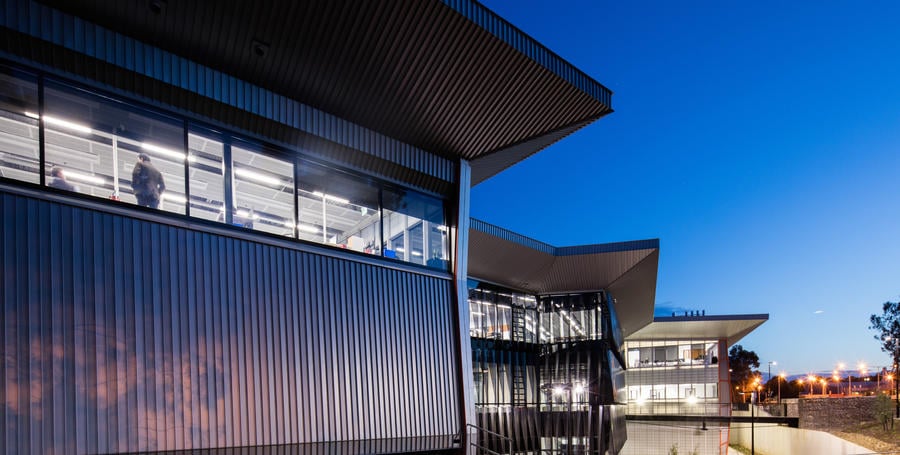New NRMA Insurance data reveals 34% spike in animal collisions
The latest NRMA Insurance data has revealed a 34% spike in claims due to animal collisions in 2023 compared to 2022.
The sharp increase to 12,880 claims marks the highest number of incidents since 2019, a four-year high in accidents on Australian roads.
NRMA Insurance is reminding drivers to be vigilant about wildlife on our roads this Easter long weekend and during school holiday travel.
NRMA Insurance Executive Manager Natalie Major said: “Wildlife accidents can be extremely dangerous and the four-year high in animal collision claims serves as a reminder for drivers to take caution, especially during the holiday period when people are travelling long distances on regional roads.
Our claims data shows there is a heightened risk of a wildlife encounters during Autumn and Winter when the days are shorter and darker and nocturnal animals are more active.
Natalie Major
Executive Manager Claims
“Our data also shows that kangaroos are the most likely to be involved in an incident, accounting for 85% of all animal collision claims. This is followed by wallabies, wombats, deer, foxes, cattle, and koalas.”
NRMA Insurance claims data revealed that Dubbo, Goulburn and Canberra are the most high-risk areas for animal collisions in New South Wales and the Australian Capital Territory.
In Queensland, Goondiwindi, Jimboomba, and Roma, reported the most incidents. The worst areas in Western Australia were Collie, Margaret River, and Busselton. South Australia’s hotspots were Penola, Port Augusta and Mount Gambier.

Ms Major continued: “How a driver reacts can help protect our wildlife, minimise damage to your vehicle and potentially even prevent injuries and save lives, so it’s important to be alert. Ensure you are well-rested before setting off on a long drive and take regular breaks.
“If you see an animal on the road while driving, try to slow down and don’t swerve to avoid it, as you run the risk of colliding with another car or running off the road.”
NRMA Insurance safety advice for drivers:
- If you can, avoid driving at dawn, dusk, or night-time as this is usually when animals are most active, and lack of light makes it more difficult to see them.
- It’s important to have a good night’s sleep before a long drive and schedule regular breaks, ideally 15-minute break every two hours.
- Reduce your speed inside sign posted wildlife areas.
- If you see an animal on or near the road, you should try to slowly brake, but not swerve.
- If you hit an animal, if it is safe to do so, you should check the animal’s welfare and call your local wildlife rescue service.
Downloads
-
26 March – New national data from insurer reveals 34% increase in animal collision.pdf
-
NRMA Insurance Animal Collision Infographics – National.jpg
-
NRMA Insurance Animal Collision Infographics – NSW & ACT.jpg
-
NRMA Insurance Animal Collision Infographics – QLD.jpg
-
NRMA Insurance Animal Collision Infographics – SA.jpg
-
NRMA Insurance Animal Collision Infographics – WA.jpg








